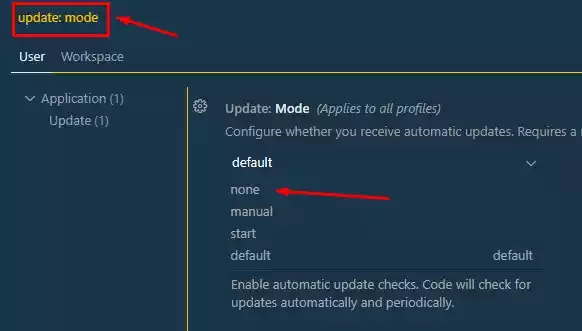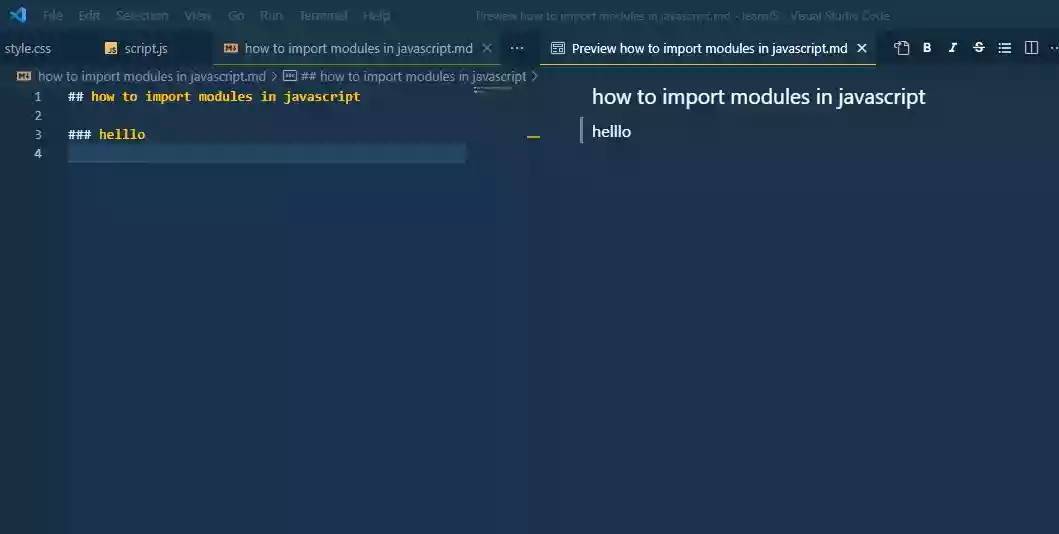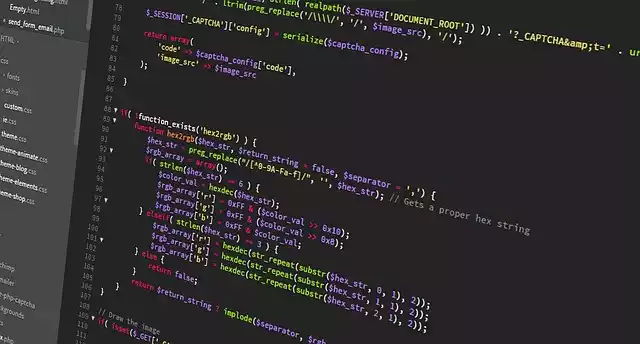How To Access a File in Node.js? ( /, ./, and ../ ) Paths Explained
File paths are an essential part of navigating the file system while working on a Node.js project.
Understanding how to specify file paths using the /, ./, and ../ symbols is important for accessing files and directories.
When requiring a Node.js module or file, you can specify the file path using a relative or absolute path.
If the file path begins with ./ or ../, Node.js will interpret it as a relative path, and if it begins with /, Node.js will interpret it as an absolute path.
Note:
The
/path kind of work the same as./when accessing a file in a Node.js or HTML project.
A relative file path specifies the location of a file or directory relative to the current working directory.
The current working directory is the directory in which the user is currently working.
A relative file path can begin with ./, which represents the current directory, or ../, which represents the parent directory, i.e., the directory that is above it.
For example, let’s say you have a file named myModule.js located in the same directory as the file that is requiring it.
You can require myModule.js using a relative file path that begins with ./, like this:
const myModule = require("./myModule");
If myModule.js is located in a subdirectory of the current directory, you can specify the file path using ../ to go up one level in the directory tree, like this:
const myModule = require("../subdirectory/myModule");
The
../mean that leave the current directory or folder.
../subdirectorymean leave the current directory and enter this new directory calledsubdirectory
../subdirectory/myModulemeans leave the current directory, go into the new directorysubdirectoryand then into themyModuledirectory.
An absolute file path specifies the location of a file or directory from the root of the file system. An absolute file path begins with /.
For example, if you have a file named myModule.js located in the directory /home/user/myproject, you can require it using an absolute file path, like this:
const myModule = require("/home/user/myproject/myModule");
Note:
Just as it is said earlier, the
/path kind of work the same as./when accessing a file in a Node.js or HTML project.
However, it’s generally recommended to use relative file paths whenever possible, as they are more flexible and easier to maintain.
In a few points, the /, ./, and ../ symbols are used to specify absolute or relative file paths in Node.js.
Where:
- / and ./ is similar, and it denotes “In the same directory”
- ../ means leave the directory you are in and go one level up
Having knowledge on how to use these symbols is important for navigating the file system and accessing files and directories in Node.js.




